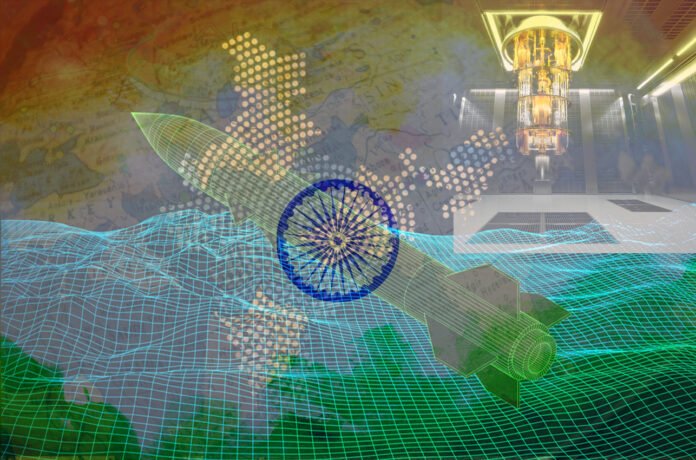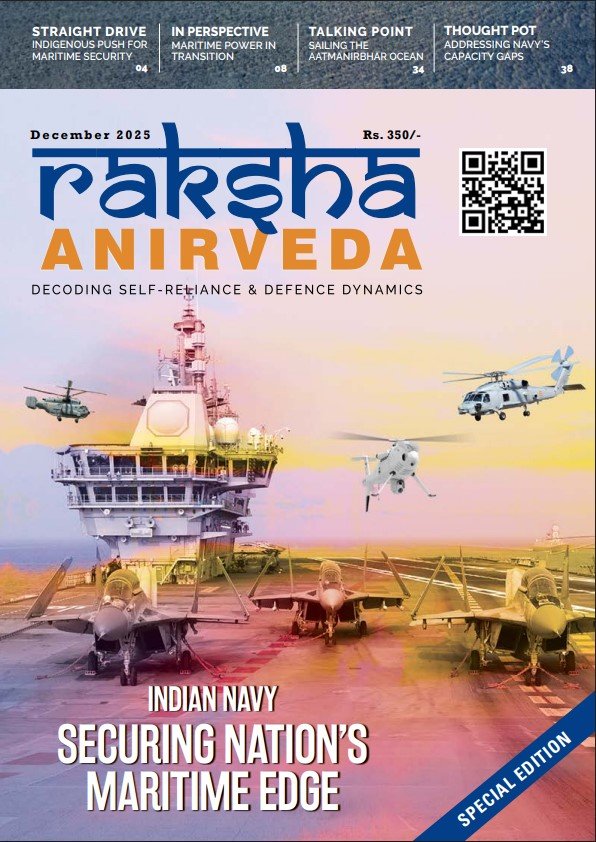India has a long history of scientific culture, achievements, and the establishment of scientific institutions. In the 20th century, the foundation for developing modern scientific structures in India was laid during the pre-independence period. The Survey of India was established in 1767, and the India Meteorological Department (IMD) was established in 1875. The Indian Association for the Cultivation of Science was established in Calcutta in 1876 under Dr Mahendra Lal Sircar. The Tatas played an important role in establishing the Indian Institute of Science (IISc, 1909) in Bangalore.
In the 1930s, the Indian National Congress, under the leadership of Jawaharlal Nehru and Subhash Chandra Bose, began planning for the development of science and industry. The CSIR (Council of Scientific and Industrial Research) was established in 1942. Around the same time, the Indian scientific community began making a global mark in the field of science, with significant contributions by eminent scientists such as C. V. Raman, S. Ramanujan, M. N. Saha, and J. C. Bose and S. N. Bose.
On 23rd August 1947, barely a week after taking over as the Prime Minister of independent India, Jawaharlal Nehru called for an inter-ministerial meeting on science. He was ably supported by a technological leadership team consisting of nuclear physicist Homi Bhabha, chemist S.S. Bhatnagar, and a few others. Subsequently, the Atomic Energy Commission was formed in 1948, and the Defence Research and Development Organization (DRDO) was established in 1958. The first Indian Institute of Technology (IIT, Kharagpur) was founded in May 1950, and the All India Institute of Medical Sciences (AIIMS, New Delhi) was established in 1956 through an Act of Parliament.
A young Indian scientist named Dr Vikram Sarabhai was studying natural sciences at Cambridge University, England, in 1940. On his return, he became instrumental in establishing the Physical Research Laboratory (PRL), a national research institute for space and allied sciences, in November 1947. Broadly, it could be argued that the idea of conducting research on space had taken root in India almost immediately after independence, nearly a decade before the launch of the Soviet Union’s first satellite, Sputnik, in 1957. Subsequently, space science was introduced as a subject for research under the Department of Atomic Energy (DAE) in August 1961. In February 1962, Dr. Bhabha established within DAE the Indian National Committee on Space Research (INCOSPAR) under the chairmanship of Dr. Vikram Sarabhai. This committee was tasked with promoting international collaboration in space research and exploring the science of space for peaceful applications. The Indian Space Research Organisation (ISRO) was established on August 15, 1969, succeeding INCOSPAR. The Department of Space (DOS), which oversees ISRO’s operations, was established in 1972 under the office of the Prime Minister of India. Prof. Satish Dhawan, who served as ISRO’s Chairman from 1972 to 1984, can be credited with single-handedly shaping the trajectory of India’s space programme during a critical period in its development.
India’s emergence as an innovation-driven nation in the space domain is one of the most compelling stories of the 21st century. Over the last six decades, ISRO has made significant strides in science and technology, emerging as a key player in the global space arena. Through consistent innovation, cost-effective missions, and a strong focus on self-reliance, ISRO has not only advanced India’s space capabilities but also earned international recognition and respect.
In the 1930s, the Indian National Congress, under the leadership of Jawaharlal Nehru and Subhash Chandra Bose, began planning for the development of science and industry. The CSIR (Council of Scientific and Industrial Research) was established in 1942
It is important to view ISRO’s success not in isolation, but rather as a culmination of India’s long-standing scientific tradition that dates back to the pre-independence era. The seeds of scientific curiosity and innovation were sown during the period of colonial rule. Thus, ISRO’s remarkable achievements in space exploration are deeply rooted in India’s historical legacy of scientific thought and institution-building during both pre- and post-independence periods.
India’s first satellite, Aryabhata, was launched in 1975 with Soviet assistance. Within five years, India successfully launched its first satellite using the indigenously developed SLV-3 rocket. This landmark achievement in July 1980 marked India’s emergence as a spacefaring nation.
During the 1980s and 1990s, two critical satellite systems became operational. The Indian National Satellite (INSAT) system was established with the launch of INSAT-1B in August 1983. Simultaneously, India initiated development of its indigenous Indian Remote Sensing (IRS) satellite program, with IRS-1A launched in 1988.f
Innovation has been at the forefront of India’s space programme. Faced with financial challenges, India could not afford to launch separate satellites for specific purposes. The INSAT system represents a unique example of multi-purpose satellite technology, where a single spacecraft carries multiple payloads for telecommunications, broadcasting, meteorology, and search-and-rescue operations. This innovative approach enabled ISRO to utilise space resources more efficiently and reduce costs significantly.
On the launcher front, ISRO began developing more powerful vehicles beyond the SLV. The initial Augmented Satellite Launch Vehicle (ASLV) programme, operational between 1992-94, achieved only limited success. However, ISRO found remarkable success with the Polar Satellite Launch Vehicle (PSLV), which has single-handedly enabled numerous critical missions over the decades.
ISRO faced challenges in developing a launch vehicle capable of delivering heavy satellites (4-6 ton class) to geostationary orbit, primarily due to difficulties in indigenously developing cryogenic engine technology. These challenges were compounded by India’s nuclear policies, as international sanctions following India’s 1974 and 1998 nuclear tests severely limited technology transfer opportunities.
A planned cryogenic technology transfer agreement with Russia in the 1990s was cancelled under US pressure regarding non-proliferation concerns.
Rather than being deterred, ISRO transformed these constraints into opportunities, pioneering indigenous technological development. Since 2001, ISRO has successfully developed cryogenic engines domestically. Today, India’s space programme boasts significant indigenization, demonstrating ISRO’s resilience and technological self-reliance.
Currently, ISRO’s dedicated teams are working with unprecedented vigour to develop the Gaganyaan program – India’s maiden human spaceflight mission – while simultaneously pursuing ambitious future projects including the establishment of an Indian space station
For decades, Indian agencies like DRDO and ISRO endured ‘technological apartheid’. Following the successful implementation of the Indo-US nuclear deal in 2008, global attitudes toward technology transfer to India began evolving. Particularly over the past two decades, ISRO has conducted numerous groundbreaking missions that showcase remarkable ingenuity. The space agency has maximized its limited infrastructure and technology base through innovative approaches to execute diverse missions.
ISRO’s global standing underwent a dramatic transformation when the world witnessed how a developing nation, operating within tight budgetary constraints and relying primarily on indigenous technologies, achieved resounding success with both its Moon and Mars missions – each accomplished on the first attempt.
During its Chandrayaan-3 lunar mission, ISRO made history by successfully soft-landing a rover on the Moon’s surface. India’s forthcoming lunar mission aims to retrieve samples from the Moon’s surface. To date, ISRO has spearheaded several innovative programs including the Student Satellite Programme, the record-setting launch of over 100 nano-satellites in a single mission, the deployment of India’s first space-based astronomical observatory (AstroSat), and the recent solar observation mission (Aditya-L1). On the commercial front, ISRO has carved a niche as a reliable and cost-effective player in the global satellite launch market.
Currently, ISRO’s dedicated teams are working with unprecedented vigour and applying cutting-edge techniques to develop the Gaganyaan program – India’s maiden human spaceflight mission – while simultaneously pursuing ambitious future projects including the establishment of an Indian space station.
– The writer is a Deputy Director General with MP-IDSA, New Delhi. The views expressed are of the writer and do not necessarily reflect the views of Raksha Anirveda






